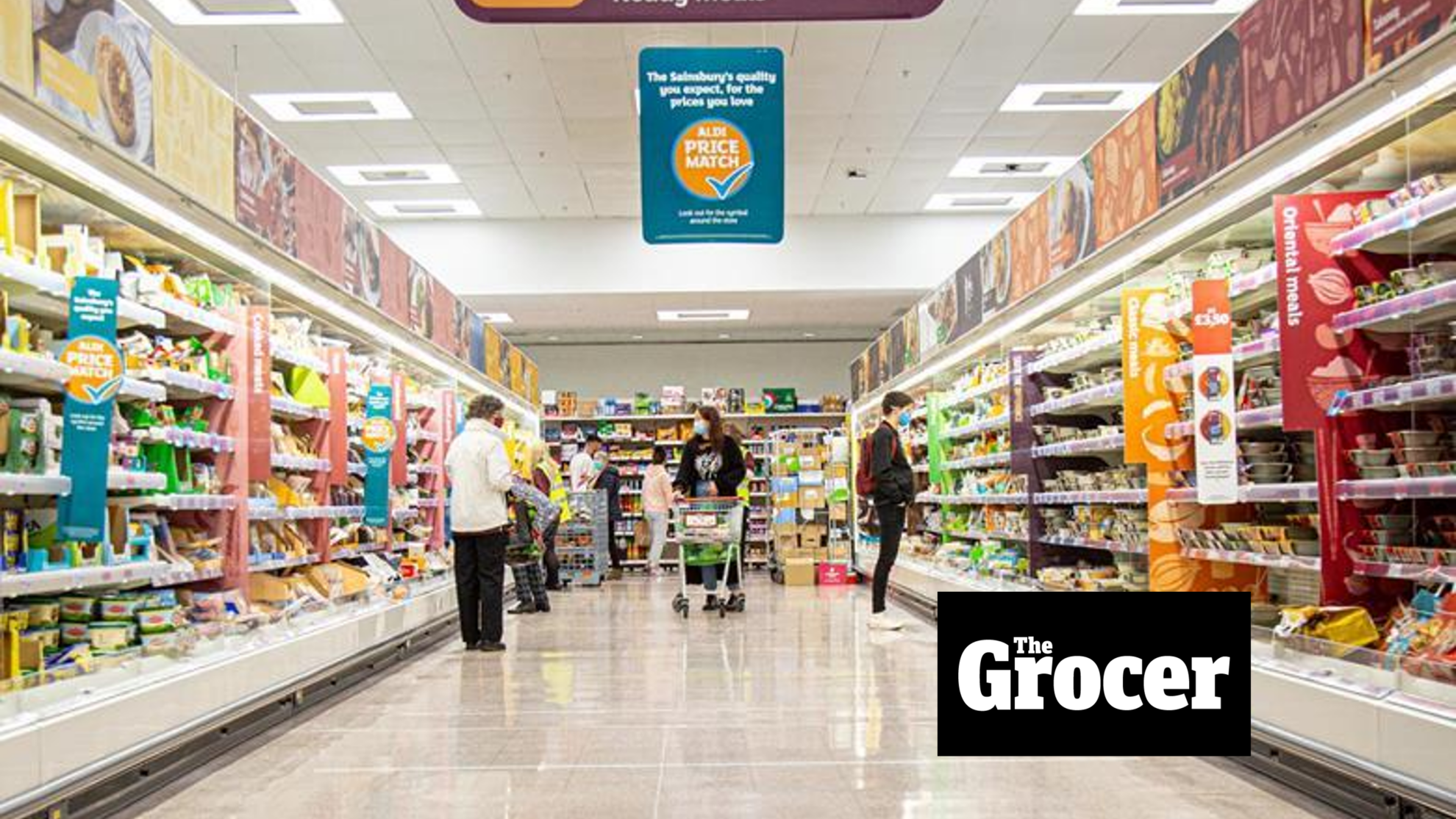How not to fail at retail marketing.

By Paul Mills-Hicks, Chairman at Sense
Over my 25 years in retail, I’ve experienced more sales pitches than most. They ranged from the inspirational to the downright ugly and everything in between! Now, as Chairman of the new retail marketing division at global brand experience agency, Sense, I’m trying to help brands understand how to inspire retailers, so that together they can win the consumer over.
You’ve got to be in it to win it
The first step, of course, will often be getting listed. That means converting the retailer’s buyers to your cause. And they are only really interested in a few things – passion and commitment, a strong category story based on incrementality, the mix effect on their profit and whether or not it’s going to help commitments already made (such as plastic reduction).
Buyers see hundreds of products and brands a year so being authentically committed is key. But don’t over promise – there is nothing worse than being listed and then exited quickly because consumers don’t agree that the product is worth buying. It’s really hard to get a re-list so sometimes that can spell the end of the road for the brand.
Any data can help ground a discussion in reality and reinforce your brand story with key proof points. If you’re already running DTC operations then you should know your repeat rate, know the profile of your most loyal, and least loyal, customer. If you can access market data, then know your category and respect your existing competitors for what they are doing well. If you can’t afford it, then at least make sure you’ve read the free category guides from the Grocer!
Focus on full-format activation
When presenting don’t forget that all grocery shopping is not equal. Convenience shops enjoy very different shopping patterns to supermarkets. And geography can radically change consumption.
Also don’t forget about online shopping – a bigger and less frequent shop. What’s the right pack size and how will that brilliant in-store activation actually work online? Something as simple as photography can radically change a brand’s appeal.
Plans therefore should include smaller convenience formats and grocery.com, so as to not miss out on every opportunity available.
Clear in-store communication
Shoppers are constantly faced with endless choice, so retailers want to see clear communication. The simpler the better. The more distinctive the better. And remember that communication means all forms of visual prompts, not just clever words.
Successful brands are the ones that recognize the consumer is both time-poor and overloaded with visual ‘clutter’. Customers ‘see’ everything, but their unconscious brain decides what’s useful to ‘recollect’. Make sure you tap into those existing memory structures as unless you have a very large budget, you’re not going to change them soon!
Buyers know all of this, so your brand story shouldn’t need a ten-page PowerPoint deck to explain it. One page and no more is all that should be needed. It’s then carried into the brand packaging, SRP, around store communication and activation.
Finally, when you’re planning your pitch always leave time to have a conversation. Ultimately, the best pitch is where you’re co-creating solutions with your retail partner to serve the consumer. No one likes being told what the answer is!